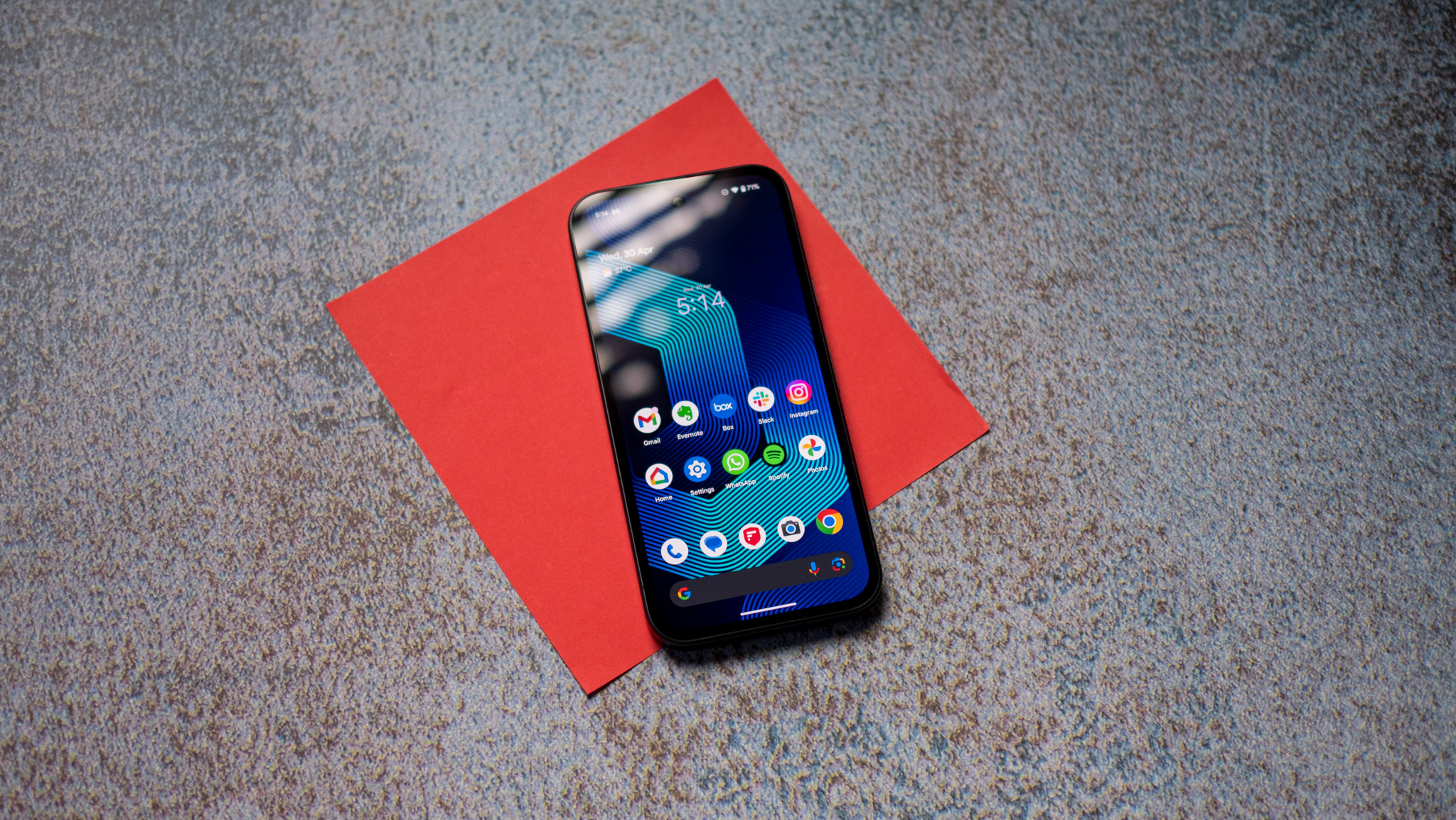Google Pixel Slate vs. Google Pixelbook: Which should you buy?
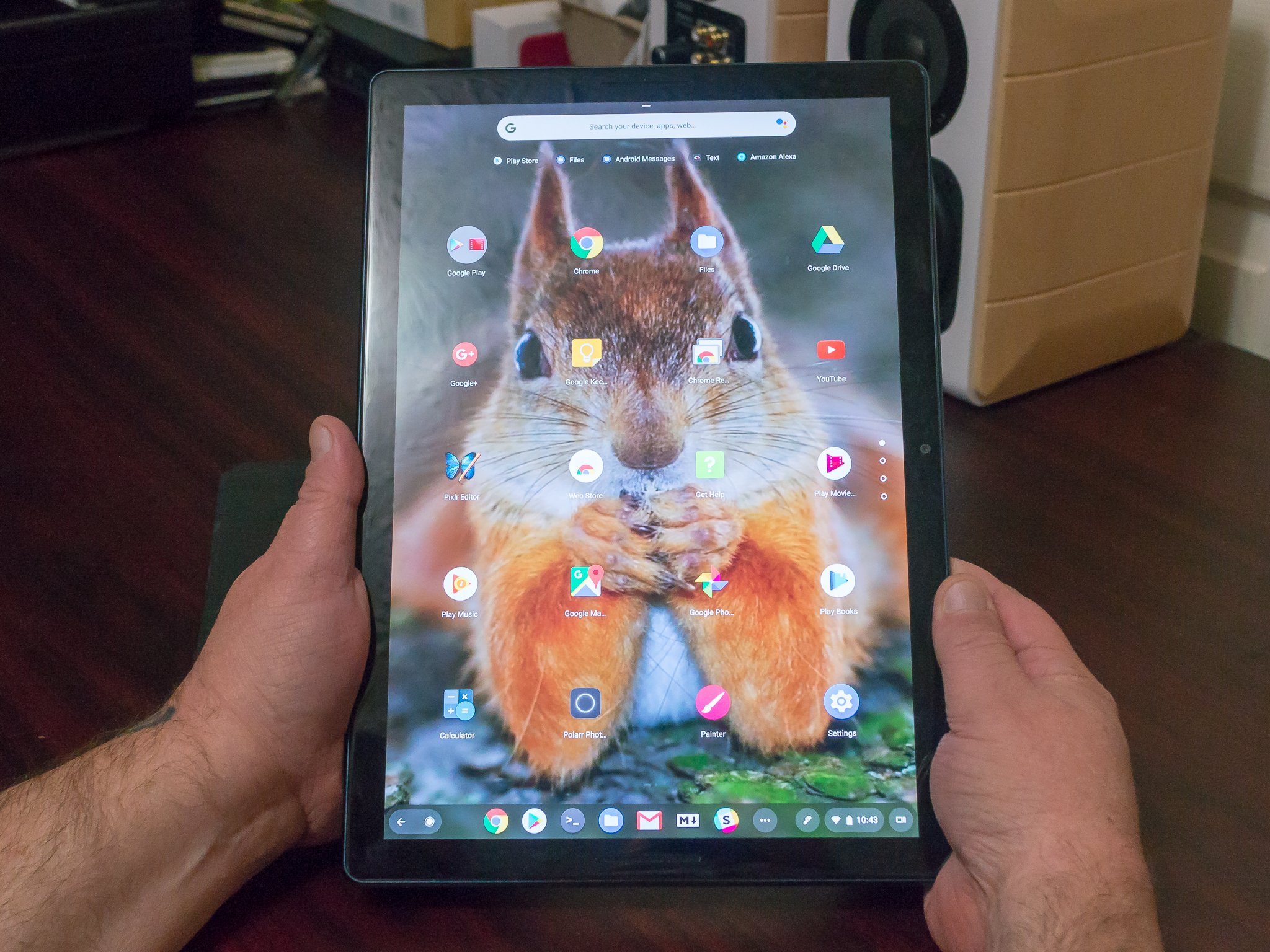
Google Pixelbook
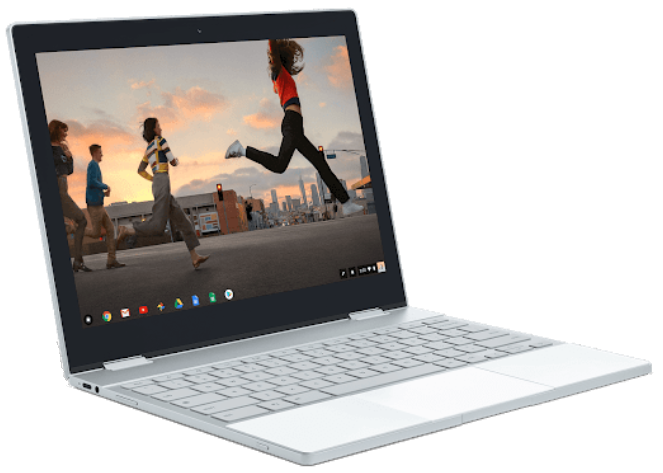
Despite being almost two years old, the Pixelbook is still one of the best Chromebooks that money can buy. It has a great design, one of the best keyboards we've ever tested, and can easily be folded back into a makeshift tablet. The lack of a fingerprint sensor, however, can get irritating.
Google Pixelbook
Our pick
Google Pixel Slate
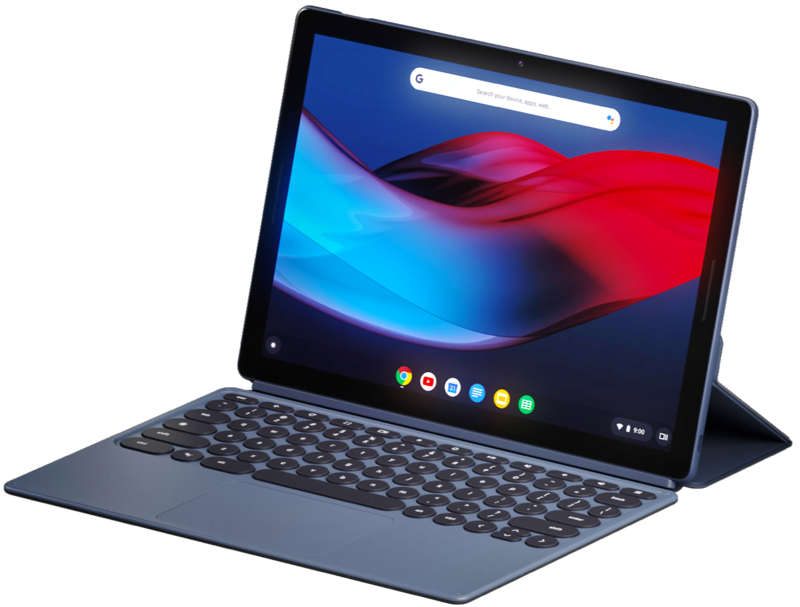
The best way to think of the Pixel Slate is first and foremost as a tablet. We love its gorgeous display, front-facing speakers, and powerful specs, but the official keyboard leaves a lot to be desired and Chrome OS still has a few kinks to be worked out for this form factor.
Google Pixel Slate
Google's last tablet
If you want a Chromebook that you can use for school, work, and play, the Pixelbook delivers a better overall experience and is a much better value for the money. If you really want a Chrome OS tablet and like the detachable form factor, the Pixel Slate might be the better pick. Going forward, however, just keep in mind that Google's already given up on creating future tablets due to the Pixel Slate's less-than-favorable reception.
The Pixelbook is the better choice for most people
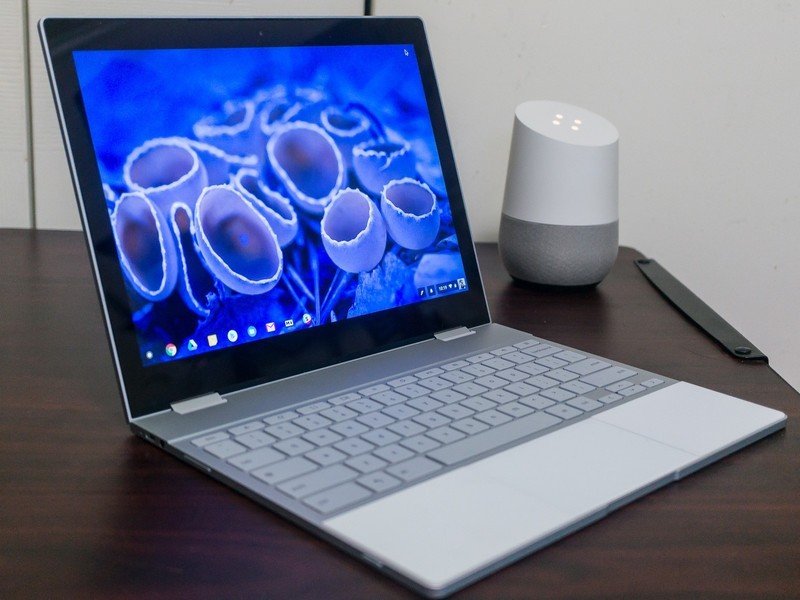
If you're looking to buy a Chrome OS machine, it's hard to go wrong with Google's own products. Similar to the Pixel phones, Pixel Chromebooks often deliver the best experience possible thanks to the melding of hardware and software.
Usually.
The Pixelbook was released in the fall of 2017, and although it's almost two years old at this point, we still stand behind it as a sleek and powerful machine. Sure, the bezels are a little thick by today's standards and the lack of a fingerprint sensor isn't ideal, but those are about the only real issues we can think of for the Pixelbook.
The Pixelbook continues to be a force to be reckoned with almost two years later.
Its aluminum and glass design still looks downright fantastic, the 12.3-inch LCD screen is sharp and colorful, and the backlit keyboard is comfortable and easy to use. The keys have good travel, the backlighting works well, and the soft-touch finish is a joy. If I could use the rest of this article to rave about the typing experience on the Pixelbook, I would. It's that good.
Get the latest news from Android Central, your trusted companion in the world of Android
The rests below the keyboard give your wrists a nice place to relax while cranking out email after email, and while the trackpad does work well, it is a little on the small side for my liking.
| Category | Google Pixelbook | Google Pixel Slate |
|---|---|---|
| Display | 12.3-inch LCD 2400 x 1600 | 12.3-inch Mollecular LCD 3000 x 2000 |
| Processor | Intel Core i5 or i7 7th Generation | Intel Celeron, m3, i5, or i7 8th Generation |
| Storage | 128GB SSD 256GB SSD 512GB NVMe SSD | 32GB SSD 64GB SSD 128GB SSD 256GB SSD |
| RAM | 8GB 16GB | 4GB 8GB 16GB |
| Battery | 41 Whr Up to 10 hours | 48 Whr Up to 12 hours |
| Charging | Up to 2 hours after 15 minutes | Up to 2 hours after 15 minutes |
| Connectivity | USB-C (x2) 3.5mm headphone jack | USB-C (x2) |
| Security | None | Fingerprint sensor |
Chrome OS runs really well on the Pixelbook, including the full desktop browsing experience you get with Google Chrome. You can also download just about any Android app you'd like, making the argument that Chrome OS isn't a real operating system moot in 2019.
Along with the thick bezels and lack of a fingerprint sensor, the only other thing that could prove to be a downside is that the Pixelbook is using older Intel 7th Gen Series processors. They're still plenty fast, but if you want newer silicone, you'll want to look at the Pixel Slate.
What you can expect from the Pixel Slate
While the Pixelbook is a laptop that can also be used as a tablet, the Pixel Slate is a tablet that can be used as a laptop. As redundant as that sounds, it makes a big difference in day-to-day use. The Pixelbook is a phenomenal laptop, but when used as a tablet, it's just OK. With the Pixel Slate, you get a fine laptop experience and a tablet offering that's improved a lot since its release in 2018.
When the Pixel Slate launched, it was faced with a lot of software bugs in tablet mode. Not all of the UI elements were optimized for touch, animations in tablet mode were choppy, and everything just felt like it could use a few more minutes in the oven.
Things have gotten considerably better thanks to regular software updates, but that initial bad taste the Pixel Slate left in some people's mouths has yet to go away.
The Pixel Slate has improved a lot since release, but it's too little too late.
Something else we're not too keen on is that you have to throw down another $199 for Google's official keyboard cover. The circular keys are backlit, have decent travel, and hardly make any noise when used. It's a good typing experience, but only if you're using the Pixel Slate on a desk or table. The folio design that Google went for makes it virtually impossible to use the Pixel Slate with its keyboard on your lap, which isn't great for commuting.
It may sound like I'm ragging a lot on the Pixel Slate, but it does have a few redeeming qualities. For one thing, its display is fantastic. Google calls it a 12.3-inch Molecular Display, but all you really need to know is that it's a bright, colorful, and crisp LCD panel that's a real pleasure to look at for browsing the web, watching videos, and playing games.
The Pixel Slate also delivers full support for the Pixelbook Pen, 12 hours of battery life, and the excellent build quality we've come to expect from Google's hardware.
Google's latest (and last) tablet
And now for the big twist — the Pixel Slate is the last tablet you can expect from Google for a while.
In late June, the company announced that it was officially done making tablets and is shifting its focus over to laptops. We can still expect 2-in-1 devices like the Pixelbook that transform into a tablet, but standalone tablets like the Pixel Slate will be no more.
While Google didn't provide a reason for this decision, it's widely believed to be a result of the various bugs Chrome OS continues to have with the tablet form factor and the overwhelmingly poor reception that the Pixel Slate was met with.
With that said, Google is working on a successor to the Pixelbook and is expected to launch it before 2019 is over.
Do you want a laptop or a tablet?
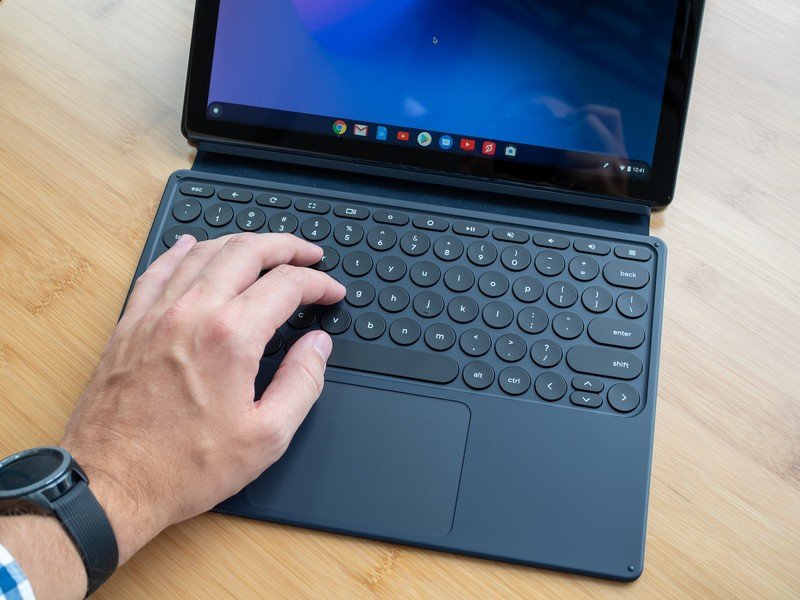
A lot of this decision boils down to what you want to buy. If you want a laptop, the Pixelbook is an easy recommendation — not only when compared to other Chromebooks, but even when stacked up against Windows and macOS machines.
If you want a tablet, it's difficult to give the Pixel Slate the same unwavering recommendation. It's not all bad, don't get me wrong, but there are just better ways to spend your money. Apple's iPad Pro is still the leader for that form factor, and honestly, the Pixelbook delivers a good enough tablet experience for those times when you want to browse the web or watch some YouTube videos. Add that together with the fact that Google's publicly admitted that it's done making tablets due to the Pixel Slate's failure, and it becomes a harder and harder sell.
Finally, there's also the matter of the time of year.
While we know there won't be another Pixel Slate coming down the pipe, a Pixelbook 2 is expected to be announced at some point before the year is over. The OG Pixelbook is still a reliable machine, but if you can wait just a little longer, it's probably in your best interest.

One of the best Chromebooks you can buy.
We loved the Pixelbook when it was first released and still love it just as much today. It's got good looks, capable internals, a gorgeous display, and a great typing experience. However, if you can wait a little longer, we're expecting its successor to be announced soon.

Too little too late.
The Pixel Slate is the first tablet Google's released since 2013, and it's also been confirmed to be the company's last. The Pixel Slate has gotten a lot better since it was first released, but the fact of the matter is that Chrome OS still feels awkward on a tablet form factor.

Joe Maring was a Senior Editor for Android Central between 2017 and 2021. You can reach him on Twitter at @JoeMaring1.

